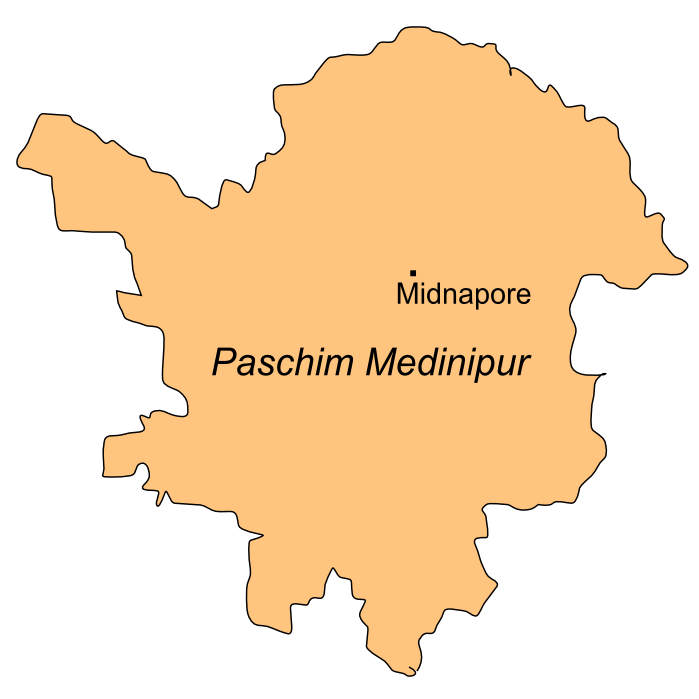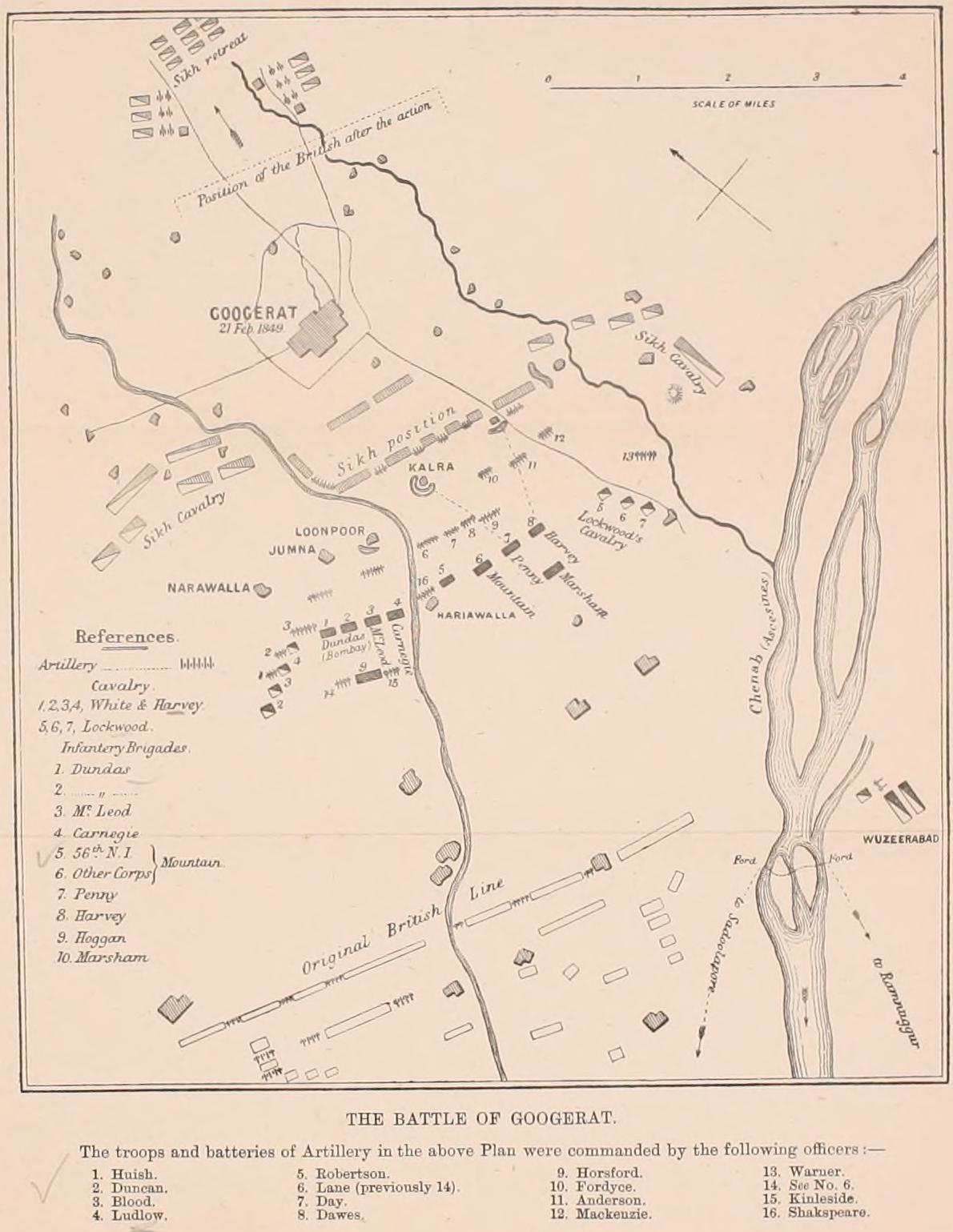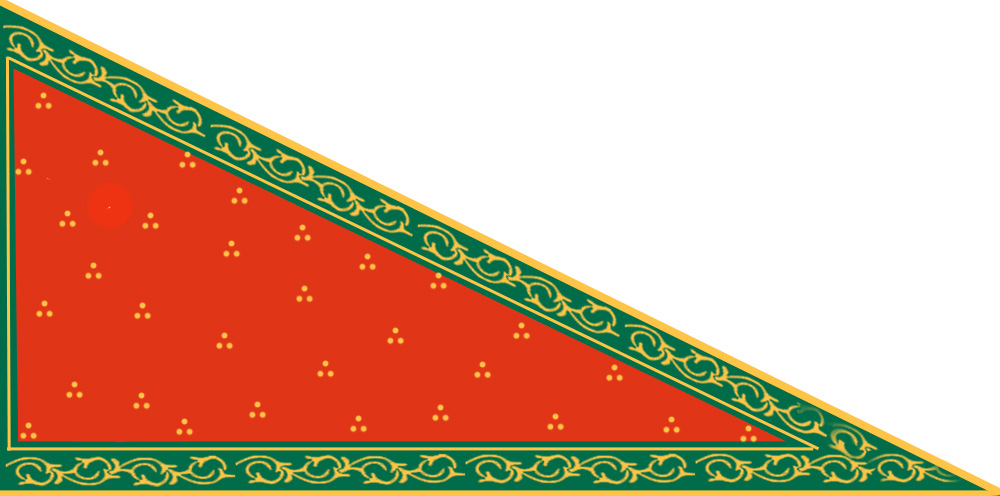|
John Hearsey
Lieutenant-general (United Kingdom), Lieutenant-General Sir John Bennet Hearsey (21 January 1793 – 23 October 1865) was a British military officer who was colonel of the 21st Lancers, 21st Hussars and of the 3rd Bengal Light Cavalry. He was also an amateur naturalist and entomologist and collected a large number of insects from Asia. Biography Hearsey was born in Midnapore, West Bengal, the son of Lieutenant-Colonel Andrew Wilson Hearsey and Charlotte Crane. At the time of his birth, his father commanded the Bengal Native Infantry, 9th Native Infantry at Midnapore. He married his half-niece Harriet Zihur-Ul-Nissa (1806–48), the only daughter of his half-brother Maj. Hyder Young Hearsey and the Khanum Zihur-ul-nissa. His mother-in-law was the daughter of the deposed Cambay State, Prince of Cambay. They had four sons and three daughters. After her death in London, he married Emma Rumball, with whom he had four sons and a daughter. Emma died in 1865. He died in Boulogne-sur-M ... [...More Info...] [...Related Items...] OR: [Wikipedia] [Google] [Baidu] |
Midnapore
Medinipur or Midnapore is a city known for its history in the Indian state of West Bengal. It is the headquarters of the West Medinipur district. It is situated on the banks of the Kangsabati River (variously known as ''Kasai'' and ''Cossye''). The Urban Agglomeration of Midnapore consists of the city proper, Mohanpur, Keranichati and Khayerullachak. Midnapore and its neighbouring city of Kharagpur constitute the central core of the Midnapore Kharagpur Development Authority metro area, spread across 576 square kilometres. Etymology According to Sri Hari Sadhan Das, the city got its name from Medinikar, the founder of the city in 1238, who was the son of Prankara, the feudal king of Gondichadesh.[1] He was also the writer of "Medinikosh". Hara Prasad Shastri thinks that the city Medinikar established it around the time he wrote the book (1200-1431).[2] He is said to have built the fort called Kornelgola situated in the city.[3] According to Muhammad Shahidullah, the English name ... [...More Info...] [...Related Items...] OR: [Wikipedia] [Google] [Baidu] |
Khanum
Khanum, Hanum, Hanım, Hanem, Khanom, or Khanoum (Uzbek language, Uzbek: Xonim/Хоним, , Mongolian language, Mongolian: Ханым, , , , , , , ) is a female royal family, royal and aristocracy, aristocratic title that was originally derived through a Central Asian title, and later used in the Middle East and South Asia. It is the Femininity, feminine equivalent of the title ''Khan (title), Khan'' for a sovereign or military ruler, widely used by medieval nomadic Turkic peoples living in Asia and Europe and also Proto-Mongols, Mongol tribes living north and northwest of modern-day China. In the construction of words of the Turkic languages, the suffix "-''um / -ım''" adds "''my''", making the word "Khanum" as "my Khan". This arises from the tale, depicting a Khan announcing to his subjects ''I am your Khan, and She is my Khan (Khanum)''. "Khan" is also seen as a title in the Xianbei confederationHenning, W. B., 'A Farewell to the Khagan of the Aq-Aqataran',"Bulletin of the Scho ... [...More Info...] [...Related Items...] OR: [Wikipedia] [Google] [Baidu] |
Indian Rebellion Of 1857
The Indian Rebellion of 1857 was a major uprising in India in 1857–58 against Company rule in India, the rule of the East India Company, British East India Company, which functioned as a sovereign power on behalf of the The Crown, British Crown. The rebellion began on 10 May 1857 in the form of a mutiny of sepoys of the company's army in the garrison town of Meerut, northeast of Delhi. It then erupted into other mutinies and civilian rebellions chiefly in the Ganges Basin, upper Gangetic plain and central India, though incidents of revolt also occurred farther north and east. The rebellion posed a military threat to British power in that region, and was contained only with the rebels' defeat in Gwalior on 20 June 1858., , and On 1 November 1858, the British granted amnesty to all rebels not involved in murder, though they did not declare the hostilities to have formally ended until 8 July 1859. The Names of the Indian Rebellion of 1857, name of the revolt is contested, an ... [...More Info...] [...Related Items...] OR: [Wikipedia] [Google] [Baidu] |
Bhang
Bhang (International Alphabet of Sanskrit Transliteration, IAST: ''Bhāṅg'') is an Cannabis edible, edible preparation made from the leaves of the Cannabis (drug), cannabis plant originating from the Indian subcontinent. ''Cannabis sativa'' is the scientific name of the plant whose leaves are used for bhang preparation. Bhang is believed to be the least harmful form of cannabis preparation and also shows medicinal use in ancient India. This is because it does not contain the top flowering plant or the resin produced by the cannabis plant.' It was used in food and drink as early as 1000 BCE in ancient India. Bhang is traditionally distributed during the spring festival of Maha Shivaratri and Holi. Bhang is mainly used in bhang shops, which sell the cannabis-infused Indian drinks bhang lassi and bhang thandai. Western documentation Garcia de Orta, a History of the Jews in Portugal, Portuguese Jewish physician based in Goa, wrote extensively on ''bangue'' in his ''Colóquios ... [...More Info...] [...Related Items...] OR: [Wikipedia] [Google] [Baidu] |
Opium
Opium (also known as poppy tears, or Lachryma papaveris) is the dried latex obtained from the seed Capsule (fruit), capsules of the opium poppy ''Papaver somniferum''. Approximately 12 percent of opium is made up of the analgesic alkaloid morphine, which is processed chemically to produce heroin and other synthetic opioids for medicinal use and for the illegal drug trade. Opium's main psychoactive alkaloids, primarily morphine, act on μ-opioid receptors, causing analgesia and addiction with long-term use leading to tolerance, dependence, and increased cancer risk. The latex also contains the closely related opiates codeine and thebaine, and non-analgesic alkaloids such as papaverine and noscapine. The traditional, labor-intensive method of obtaining the latex is to scratch ("score") the immature seed pods (fruits) by hand; the latex leaks out and dries to a sticky yellowish residue that is later scraped off and dehydrated. The English word for opium is loan word, borrowed fro ... [...More Info...] [...Related Items...] OR: [Wikipedia] [Google] [Baidu] |
Mangal Pandey
Mangal Pandey (died 8 April 1857) was an Indian soldier who played a key role in the events that led to the Indian Rebellion of 1857, which resulted in the dissolution of the East India Company and the beginning of the British Raj through the Government of India Act 1858. He was a sepoy in the 34th Regiment of the Bengal Native Infantry. In 1984, the Republic of India issued a postage stamp in his memory. His life and actions have also been portrayed in several Indian cinematic productions. Early life Mangal Pandey was born into a Brahmin family from Nagwa, a village of upper Ballia district, Ceded and Conquered Provinces (now in Uttar Pradesh) . Pandey had joined the Bengal Army in 1849. In March 1857, he was a private soldier (sepoy) in the 5th Company of the 34th Bengal Native Infantry. Mutiny On the afternoon of 29 March 1857, Lieutenant Baugh, Adjutant of the 34th Bengal Native Infantry, then stationed at Barrackpore was informed that several men of his regiment ... [...More Info...] [...Related Items...] OR: [Wikipedia] [Google] [Baidu] |
Sepoy
''Sepoy'' () is a term related to ''sipahi'', denoting professional Indian infantrymen, traditionally armed with a musket, in the armies of the Mughal Empire and the Maratha. In the 18th century, the French East India Company and its European counterparts employed locally recruited soldiers within India, mainly consisting of infantry designated as "sepoys". The largest sepoy force, trained along European lines, served the British East India Company. The term "sipahi" (or sometimes "sepoy") continues in use in the Indian, Pakistan and Nepalese armies, where it denotes the rank of private. Etymology In Persian (Aspa) means horse and Ispahai is also the word for cavalrymen. The term ''sepoy'' is the anglicised form of the Persian word (), meaning the traditional "infantry soldier" in the Mughal Empire. In the Ottoman Empire the term was used to refer to cavalrymen. Historical usage The term ''sepoy'' came into common use in the forces of the British East India Com ... [...More Info...] [...Related Items...] OR: [Wikipedia] [Google] [Baidu] |
Barrackpore
Barrackpore (), also known as Barrackpore,is a city and municipality in North 24 Parganas district in the India, Indian state of West Bengal. It is the headquarters of the Barrackpore subdivision. The city is a part of the area covered by Kolkata Metropolitan Development Authority (KMDA). Etymology The name Barrackpore may have originated from the English word barracks, as it was the site of the first cantonment of the British East India Company. Alternatively, the ''Ain-i-Akbari'' suggests that the name comes from "Barbakpur". ''Manasa Vijay'', written by Bipradas Pipilai, refers to Talpukur (a place in Barrackpore) as "Charnak". History The earliest references to the Barrackpore region are found in the writings of the Greek navigators, geographers, chronicles and historians of the 1st century BC to the 3rd century AD. These authors generally referred to the country of a people variously called the Gangaridai (also Gangaridae or Gandaritai). By the 15th and 16th centuri ... [...More Info...] [...Related Items...] OR: [Wikipedia] [Google] [Baidu] |
Sikh Empire
The Sikh Empire was a regional power based in the Punjab, Punjab region of the Indian subcontinent. It existed from 1799, when Maharaja Ranjit Singh captured Lahore, to 1849, when it was defeated and conquered by the East India Company, British East India Company following the Second Anglo-Sikh War. At its peak in the mid-19th century the empire extended from Gilgit and Tibet under Qing rule, Tibet in the north to the Thar Desert, deserts of Sindh in the south and from the Khyber Pass in the west to the Sutlej in the east, and was divided into eight provinces. Religiously diverse, with an estimated population of 4.5 million in 1831 (making it the List of countries by population in 1800, 19th most populous state at the time), it was the last major region of the Indian subcontinent to be annexed by the British Raj, British Empire. In 1799, Ranjit Singh of Sukerchakia Misl captured Lahore from the Sikh triumvirate which had been ruling it Sikh period in Lahore#Sikh triumvirate ... [...More Info...] [...Related Items...] OR: [Wikipedia] [Google] [Baidu] |
Battle Of Gujrat
The Battle of Gujrat was a decisive battle in the Second Anglo-Sikh War, fought on 21 February 1849, between the forces of the East India Company, and a Sikh army in rebellion against the company's control of the Sikh Empire, represented by the child Maharaja Duleep Singh who was in British custody in Lahore. The Sikh army was defeated by the British regular and Bengal Army forces of the British East India Company. After it capitulated a few days later, the Punjab was annexed to the East India Company's territories and Duleep Singh was deposed. Outbreak and course of the war After the British victory in the First Anglo-Sikh War, the Punjab was indirectly governed by a British representative at the Durbar (court) in Lahore and Agents in several of the regions. The Sikh Army, the Khalsa, was kept in being and used to keep order in the Punjab and North West Frontier Region. The Khalsa regarded itself as betrayed rather than defeated in the first war, and several of its Sarda ... [...More Info...] [...Related Items...] OR: [Wikipedia] [Google] [Baidu] |
Battle Of Chillianwala
The Battle of Chillianwala (also spelled Chillianwallah) was fought in January 1849 during the Second Anglo-Sikh war in the Chillianwala region ( Mandi Bahauddin) of Punjab, now part of Pakistan. The battle was one of the bloodiest fought by the British East India Company. Both armies held their positions at the end of the battle and both sides claimed victory.Heath, p.42 The battle was a strategic check to immediate British ambitions in India and a shock to British military prestige.Major A. H. Amin (retd.) Orbat.com Background The broke out in the Punjab, which had recently lost much of its independence to th ...[...More Info...] [...Related Items...] OR: [Wikipedia] [Google] [Baidu] |
The Times
''The Times'' is a British Newspaper#Daily, daily Newspaper#National, national newspaper based in London. It began in 1785 under the title ''The Daily Universal Register'', adopting its modern name on 1 January 1788. ''The Times'' and its sister paper ''The Sunday Times'' (founded in 1821), are published by Times Media, since 1981 a subsidiary of News UK, in turn wholly owned by News Corp. ''The Times'' and ''The Sunday Times'' were founded independently and have had common ownership only since 1966. It is considered a newspaper of record in the UK. ''The Times'' was the first newspaper to bear that name, inspiring numerous other papers around the world. In countries where these other titles are popular, the newspaper is often referred to as or , although the newspaper is of national scope and distribution. ''The Times'' had an average daily circulation of 365,880 in March 2020; in the same period, ''The Sunday Times'' had an average weekly circulation of 647,622. The two ... [...More Info...] [...Related Items...] OR: [Wikipedia] [Google] [Baidu] |







